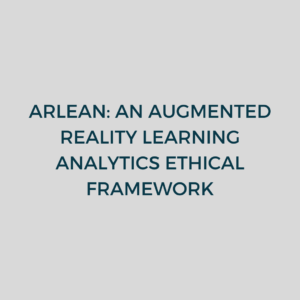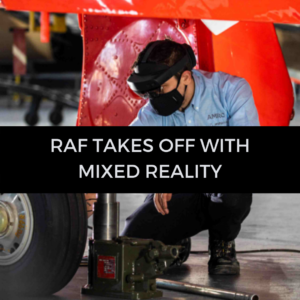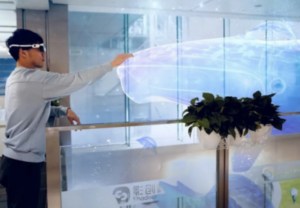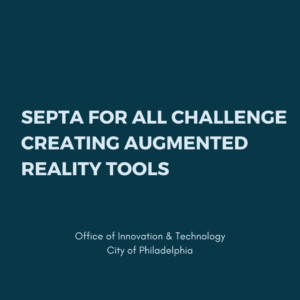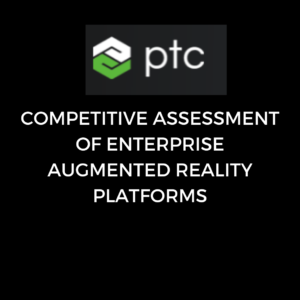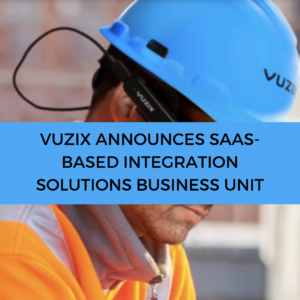Augmented Safety – How AR Technology Helps Reduce the Risk in Aviation
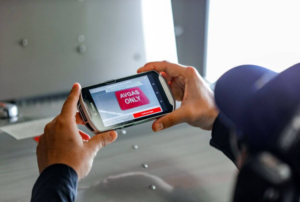
The aviation division of bp, Air bp is one of the world’s leading suppliers of aviation fuel products and services. The company is known for its innovative approach and sought an engineering solution to protect its operators against making mistakes. After many years of search, the company seems to have found a solution in AR technology.
The Misfuelling Challenge
When ground crew operators are fueling a small aircraft, they are constantly facing a menacing risk of putting in the wrong grade of fuel. While using the wrong fuel grade for the car is quite common, in aviation misfuelling can potentially bring catastrophic consequences and cost human lives.
The misfuelling challenge thus stays one of the most crucial for the entire industry.
For many years Air bp was reliant on ground workers following the operational procedure. Still, despite the best training for operators, the human error factor is always present and poses a significant risk. The company’s goal has been to find an automatic way to help operators.
AR Technology Enables the Solution
As the handheld device became less expensive and widespread, the team behind the Airfield Automation safe2go solution tried to find a way to use computer vision to recognize fuel-grade labels (decals) placed next to the aircraft fuel tank orifice.
Their goal was to get technology to work with something the aircraft already has without modifying its construction. The team has identified two success factors: the AR technology must never give the wrong fuel grade and have a high success rate of recognizing a decal.
The prototype was rolled out and tested in over 40 airports around the world. To find a reliable solution, Air bp has worked together with AR technology provider Wikitude. The success of the prototype has allowed the whole project to proceed as a safety-critical application.
Good For Safety, Good For Processes
Airfield Automation safe2go is a cloud-based safety-critical application that relies on Image Tracking AR technology to help operators recognize decals representing various types of fuels and help the ground crew avoid making grave mistakes.
Four hundred and ninety-six vehicles at 126 airports are equipped with the AA safe2go app (powered with AR), completing over 12,500 fuellings per week (more than 1 aircraft per minute).
The team soon found out there is a considerable benefit in capturing data in real-time through augmented reality. Previously, the data transmission from the airport to Air bp’s invoicing system was taking almost two days. Now, it is coming through in real-time.
Using the versatile functionality of image tracking, the airline can now send an order electronically, notifying the operators in advance which fuel they need to deliver. Additional benefits allowed Air bp to expand its digital offering.
Award-Winning AR Solution
Manifesting the product’s maturity for market deployment, Air bp’s Airfield Automation has been recognized by the prestigious bp Helios Safety Award and won the UK Real IT Award (including Excellence in Application Modernisation and the Product Innovation awards). The solution has also had its first granted patent.
But most importantly, this use case shows how the long-debated utility of AR technology turns into reality and serves to automate processes and establish a new standard in safety.
